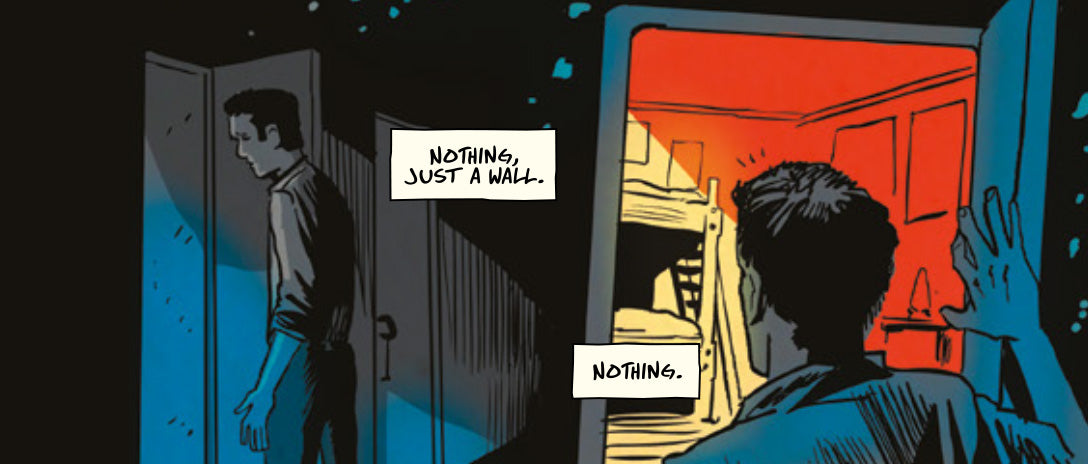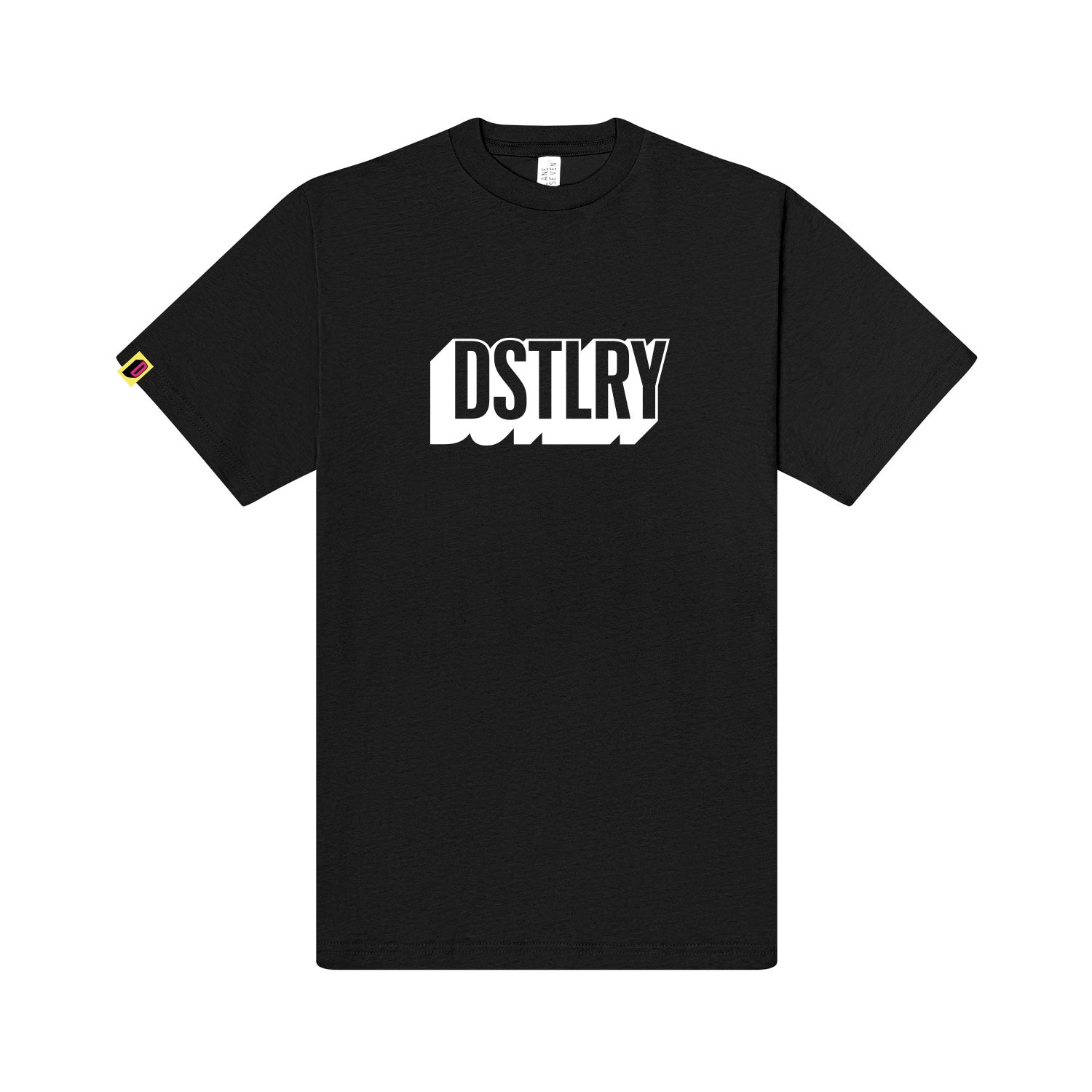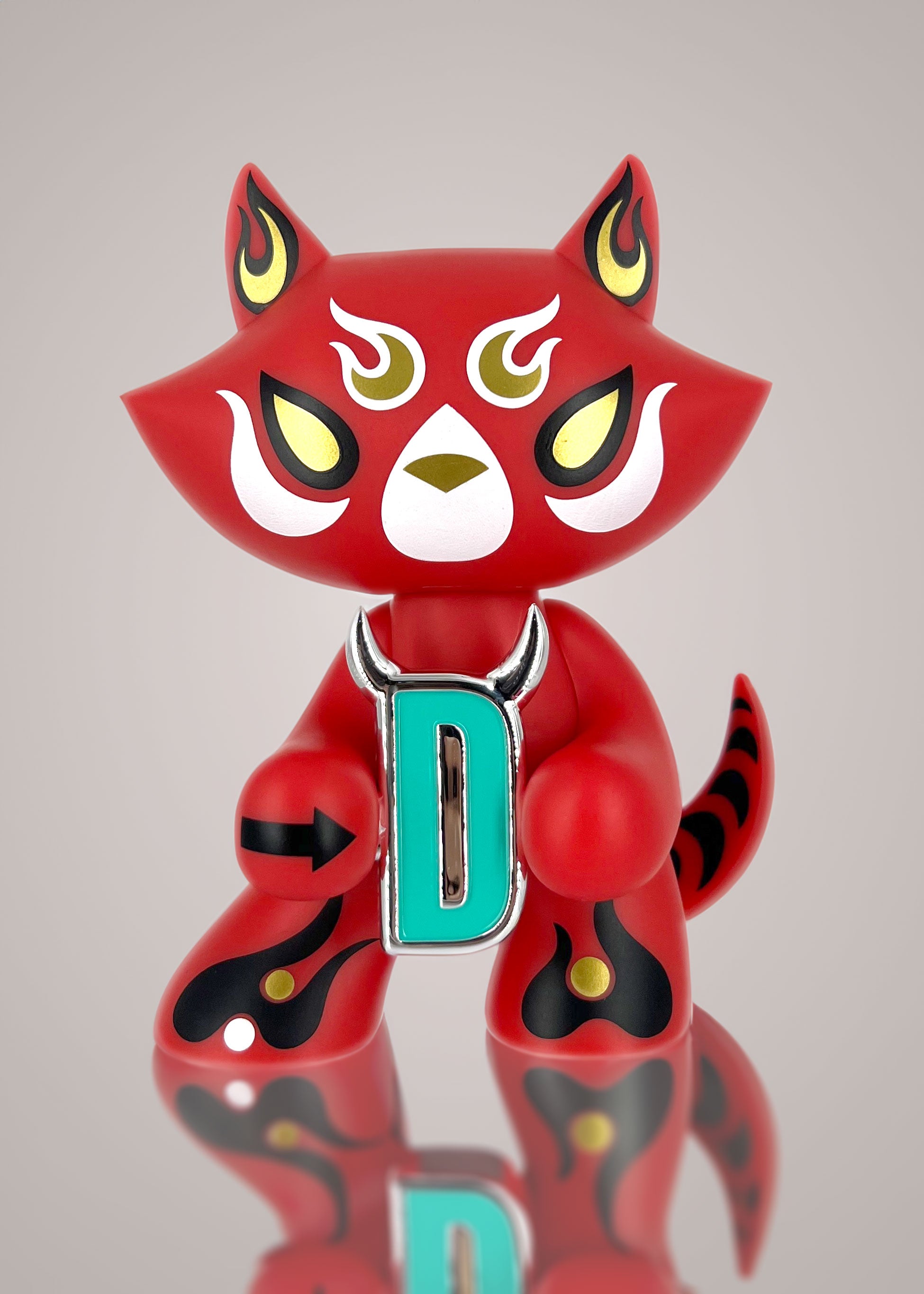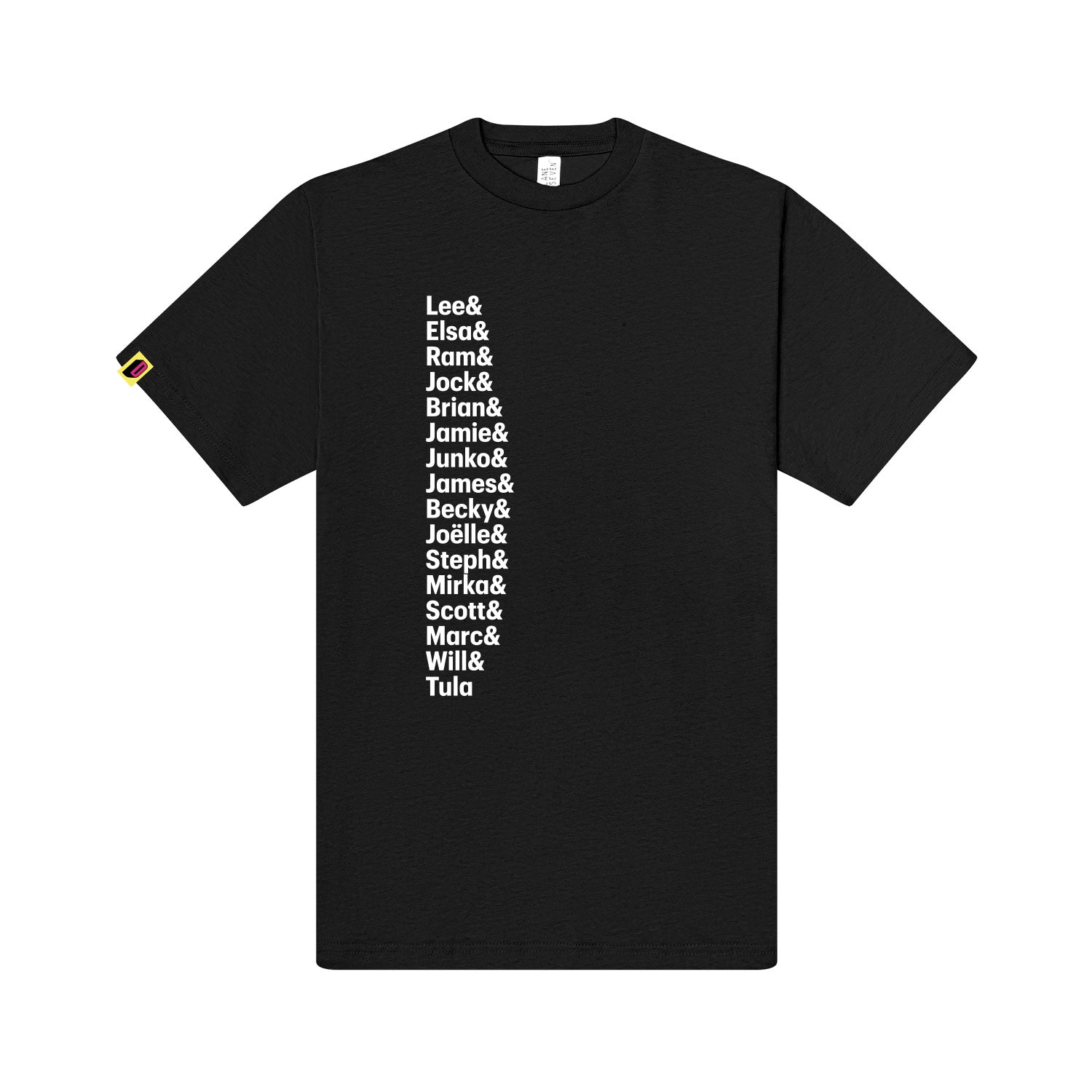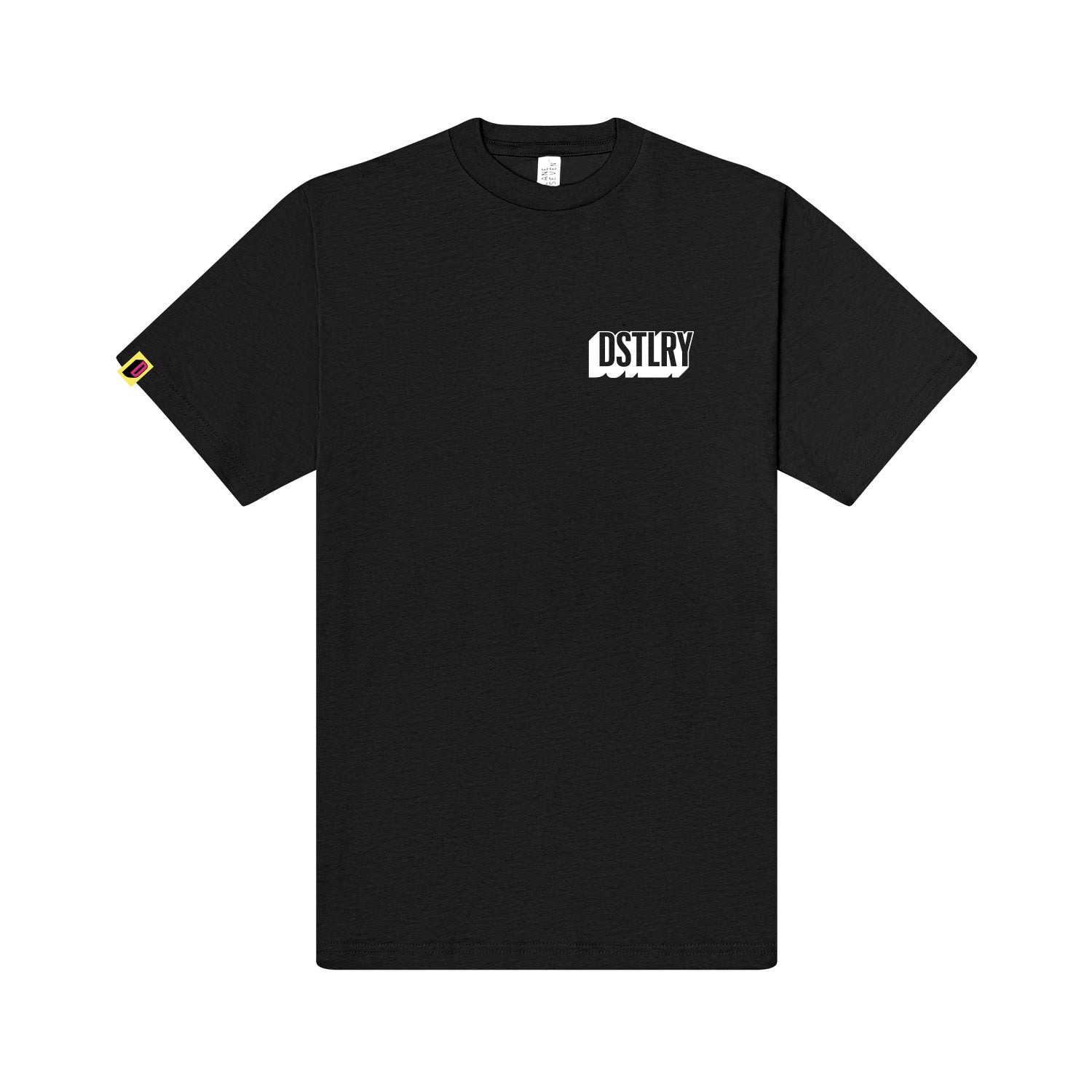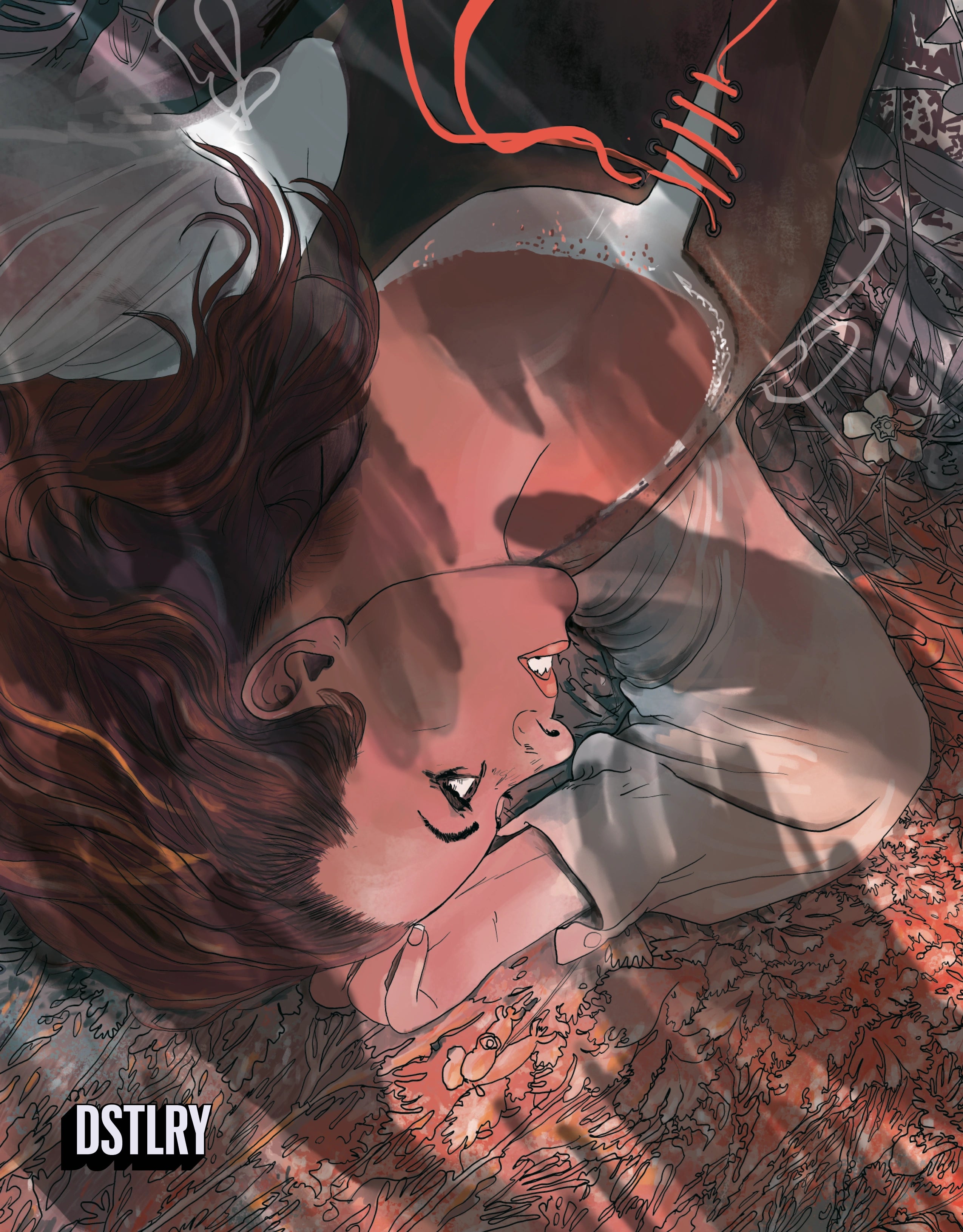Tula Lotay Reflects on Somna, the Oversized hardcover, and Finding the Erotic and Evil in Cover Art

Flipping through Tula Lotay's art is like falling into a dream with brush strokes. Her work is ethereal, enchanting—bursting with color and complex composition. Her compositions have the power to make bystanders stop dead in their tracks when visiting comic shops.
For DSTLRY, Lotay and Becky Cloonan conjured up the 1600s witch hunt tale of Somna and it single-handedly brought the sexy back into sequential art. The landmark tale follows a 1700s village woman's freefall into her tantalizing dreams, while suffering her unhappy marriage to the town's bailiff and witch hunter, Roland. While her husband investigates the murder of a town leader, Ingrid follows her own instincts as she's tempted by a dark and haunting presence. When the line between Ingrid's dreams and reality blurs, it takes the horror and suspense of the story to frightening—and alluring—heights.
Now you can experience the Eisner-winning series in a new way, The Somna #1 Oversized Reserve Edition with interiors on uncoated stock, limited to 500 copies. Ernie Estrella asked Tula some questions about Somna and her upcoming variant covers for DSTLRY.
DSTLRY books are already monstrous, so it's hard to imagine it all being even bigger. How big is the oversized edition and how close is that to actual original pages?
Tula Lotay: The Somna #1: Oversized HC Reserve Edition is 13 inches by 10.5 inches. It's not very different from the art board sizes—they're around an inch larger on either side.
What are readers going to be able to see in this larger format that maybe they couldn't before?
Tula Lotay: Lee Loughridge was nominated for the Eisner Award for Best Colorist this year and his work is just stunning, as are Dee Cunniffe's colors. The paper's uncoated, so it's a different feel...a different contrast than what we saw in the issues and previous collection. It's a bit richer and darker. Very appropriate for Somna. And any opportunity to see Becky's art blown-up is wonderful.

Somna #1 Oversized Reserve Edition
You've been able to tour the world for Somna and gallery showings of your art for Somna, what's been some of the more surprising reactions or stories that you've heard from being able to meet people who have read it and connected with it deeply?
Tula Lotay: Everyone's been so lovely! I would hate to tell anyone's personal stories, but lots of people have related to Ingrid's journey and appreciated the honesty of her struggle. "I cry to dream again" is one of my favorite lines from Somna, showing how our dreams can be the only places we can show ourselves unjudged with our true passions. That sentiment resonated in ways that I couldn't believe.
Seeing art in person, to see the brush strokes, to see layers of ink or paint stacked on top of one another is a real thing for me. How special has it been to be able to tour around with your art for Somna, and did you find readers connecting with the story differently by being able to see the art in person?
Tula Lotay: The Gallery Nucleus show before San Diego Comic Con this year was a fantastic example of that—they had dozens of original art pages shown off in the exhibition. Watching people study your art be an anxious at times, but everyone has been incredibly kind. It adds a new degree of intimacy between the reader and the creator I think—realizing that the art came from ink and tools on paper, seeing the physicality of it.
You lived with these characters for 10 years. Are you haunted by or visited by any of the characters in Somna in your dreams?
Tula Lotay: I don't think I could ever forget Ingrid, Maja, or the Shadow Man, or obviously collaborating with Becky. I doubt we've seen the last of these characters.
I feel like we all know Ingrids. Victims trapped in a situation, completely misunderstood or judged by outward appearances or perceived actions. Did any of those thoughts cross your mind as you were conceptualizing with Becky or doing the art?
Tula Lotay: Of course! But I think the most important thing about Ingrid was to show her embracing her passions and realizing her inner strength. She didn't apologize for who she was, to the end. Reflecting that transformation—in her body language, in her expressions—was one of my favorite parts of drawing my segments of Somna.

Somna interior art by Tula Lotay & Becky Cloonan
Looking back on the ten years spent with Becky on creating Somna, what about that collaboration will you be adopting as a part of your process moving forward artistically and/or writing?
Tula Lotay: I'd obviously love to work together again with Becky : ) The entire process showed how two creators can harmonize, both in writing and art in a way that made sense for the story. It's an approach worth revisiting.
To me, three things stood out from the experience of reading Somna: the period in which it's set allowed so many societal boundaries you could cross, taking the art towards the erotic and sexual seduction, and giving readers this blurring experience of what was reality and what wasn't. Were these things you and Becky wanted to emphasize as well, or did these elements come out naturally in telling this story in the most honest way you knew how?
Tula Lotay: I don't think Somna would be Somna without the setting and the pull-and-push of Ingrid's surreality. It's definitely the core of the book, and referencing the question above, gave a fantastic way for Becky and I to both establish, and break, expectations.
Of all the DSTLRY variants you've worked on, is there any interesting story behind any one of them?
Tula Lotay: They're all a challenge and great fun in their own way. The variant covers I worked on for Somna were especially fun, combining eroticism with more traditional horror iconography.

The Big Burn #2 Cover F by Tula Lotay
Can we talk about some of your recent covers? Your variant cover for The Big Burn #2 was recently revealed. Where did The Big Burn take you as you explored dreaming up those covers?
Tula Lotay: It also deals with diabolic pacts, though Joe (Henderson) and Lee (Garbett) are taking a much more slick, crime-focused approach. Moloch intrigued me. He has an amazing design, and I loved playing with the gambling and casino-imagery alongside the more traditional hellfire and brimstone.
Last month, we revealed your cover for Come Find Me, which story did you pick out for your cover or did you choose to do something unique and new just for the anthology?
Tula Lotay: I decided to pick an original image! I played with the theme of the title a bit, but I always loved the idea of seeing the ethereal and haunting through mirrors. A vanity was a great device to play with that device.

Come Find Me Cover F by Tula Lotay
I know that part of your process is drawing, fleshing out the look and the vibe, scanning in the art, then it is a lot of (Photoshop) trial and error manipulation to get the right effects that you want. Do you think that that bit of randomness, intentional or not, gives your art that bit of harmonious gestalt?
Tula Lotay: Texture and color are some of my favorite ways to build in more personality, and there's a lot to experiment with there that can be surprising. In the case of Somna, I could go from cool electric blues to yellows and scarlets—showing Ingrid's internal mood, as well as showing colors that could represent heat and passion, as well as the fires of her puritanical oppressors. All of that was an amazing process.





